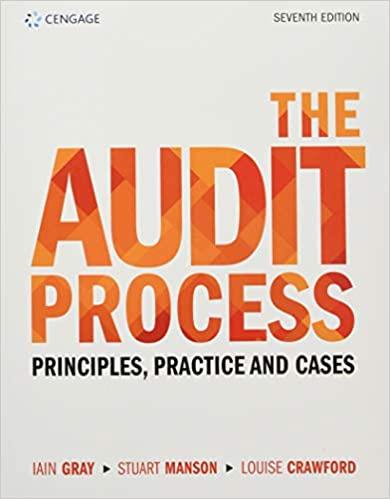Question
On December 31, 20X2, Paxton Co. had a note payable due on August 1, 20X3. On January 20, 20X3, Paxton signed a financing agreement to
On December 31, 20X2, Paxton Co. had a note payable due on August 1, 20X3. On January 20, 20X3, Paxton signed a financing agreement to borrow the balance of the note payable from a lending institution to refinance the note. The agreement does not expire within one year, and no violation of any provision in the financing agreement exists. On February 1, 20X3, Paxton was informed by its financial advisor that the lender is not expected to be financially capable of honoring the agreement. Paxton's financial statements were issued on March 31, 20X3. How should Paxton classify the note on its balance sheet at December 31, 20X2?
a. As a long-term liability because no violation of any provision in the financing agreement exists.
b. As a long-term liability because the agreement does not expire within one year.
c. As a current liability because the lender is not expected to be financially capable of honoring the agreement.
d. As a current liability because the financing agreement was signed after the balance sheet date.
Management can estimate the amount of loss that will occur if the company does not prevail in a currently contested lawsuit. If losing the suit is reasonably possible, which of the following describes how the entity may report the loss contingency in the financial statements?
| Balance Sheet | Notes to Financial Statements |
a. Accrued as liability Not disclosed
b. Not accrued Not disclosed
c. Not accrued Disclosed
d. Accrued as liability Disclosed
Step by Step Solution
There are 3 Steps involved in it
Step: 1

Get Instant Access to Expert-Tailored Solutions
See step-by-step solutions with expert insights and AI powered tools for academic success
Step: 2

Step: 3

Ace Your Homework with AI
Get the answers you need in no time with our AI-driven, step-by-step assistance
Get Started


